Visual | Infotainment
Verism
The beauty of old age. A visual history.
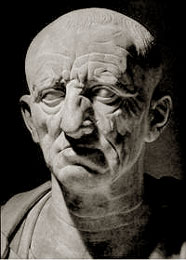
A Roman Patrician (70-75 )BCE
There was a time that Ancient Roman artists copied the Greek's glorification of youth and lean muscles. But, at some point old age and wrinkles became examplary and even aesthetic.
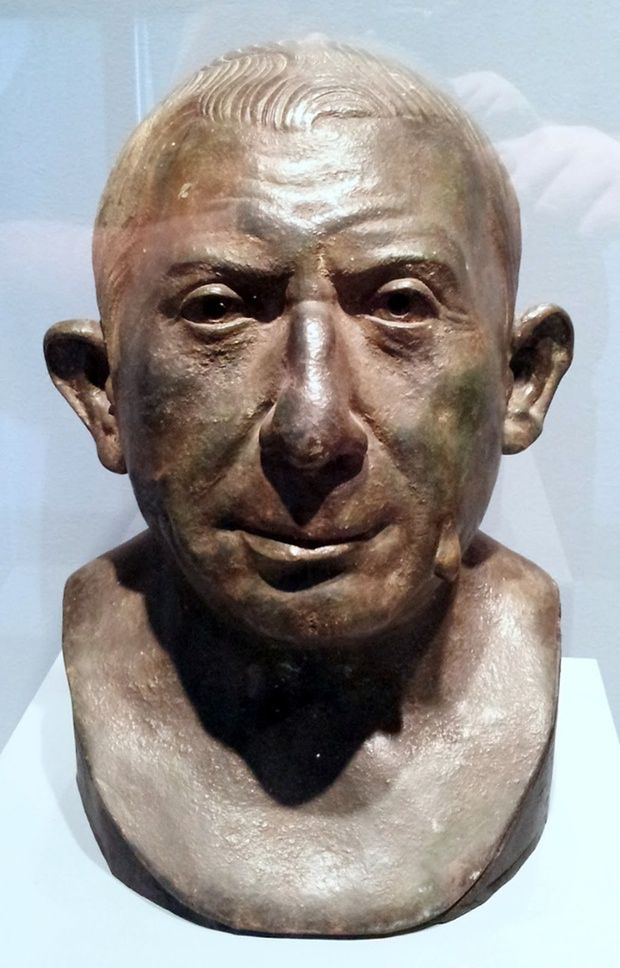
A Roman Banker By Lucundus (60 CE)
Portruding noses, large ears, wrinkles and weak jawlines are hallmarks of the Verism art style. This portrait exemplifies that other features and unique touches were often added: his left cheeck has a large impurity.
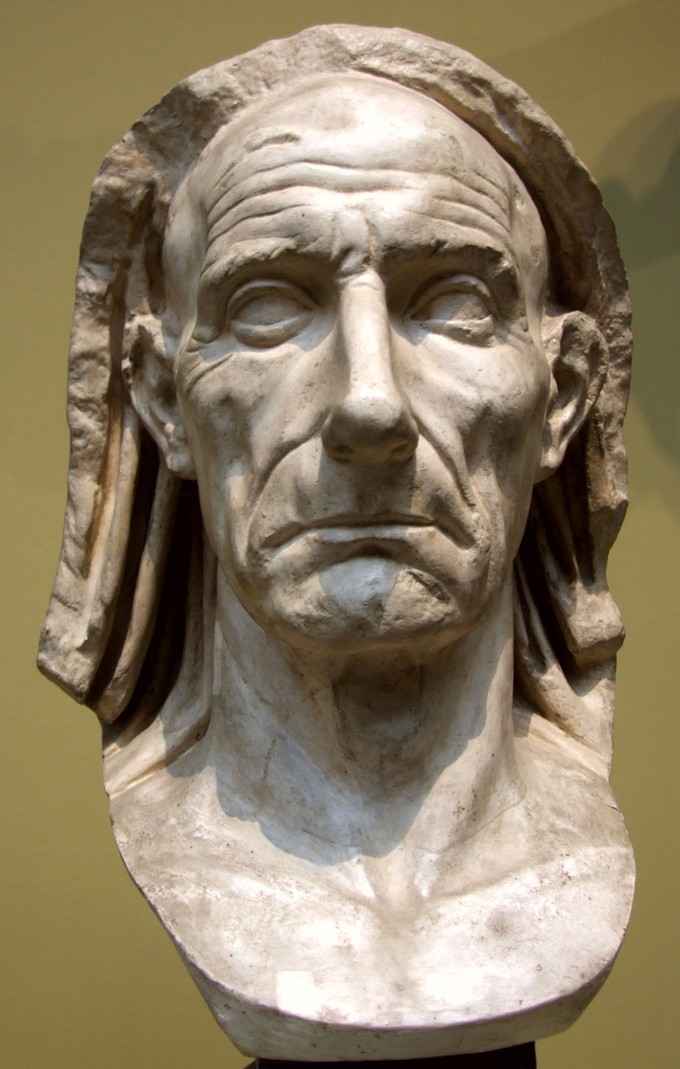
A Roman Patrician (1st century BCE)
Another example of Verism. This sculpture portrays much emotion and/or contemplation if you will. The subject is from the famous Scipio family (known for prowess / skill in the Second Punic War among other historic events).
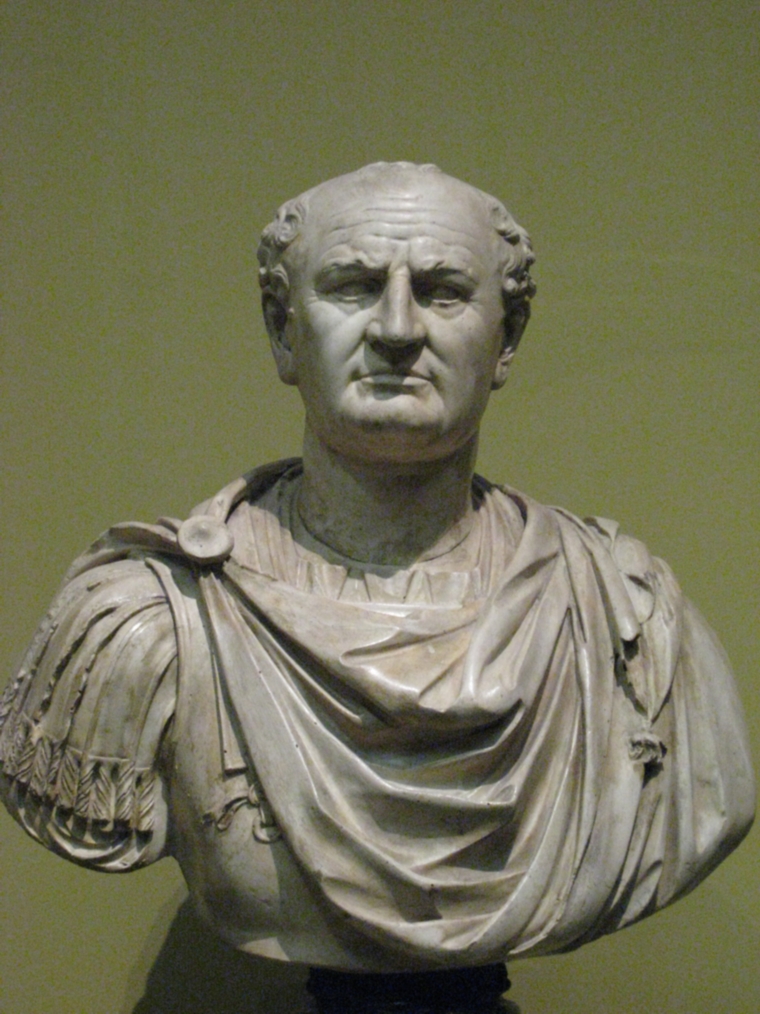
Vespacianus (75-80 CE)
Almost all senators, military officers and other established Romans were rather old. That is the reason why old started to equate success, glory, knowledge, foundation and skill.
Scholars suggest that the Verism style arose because of this Roman glorifcation of old age.
Verism symbolized experience and knowledge above everything, and that is what the issuers of scuptures (the subjects themselves) enjoyed to convey.
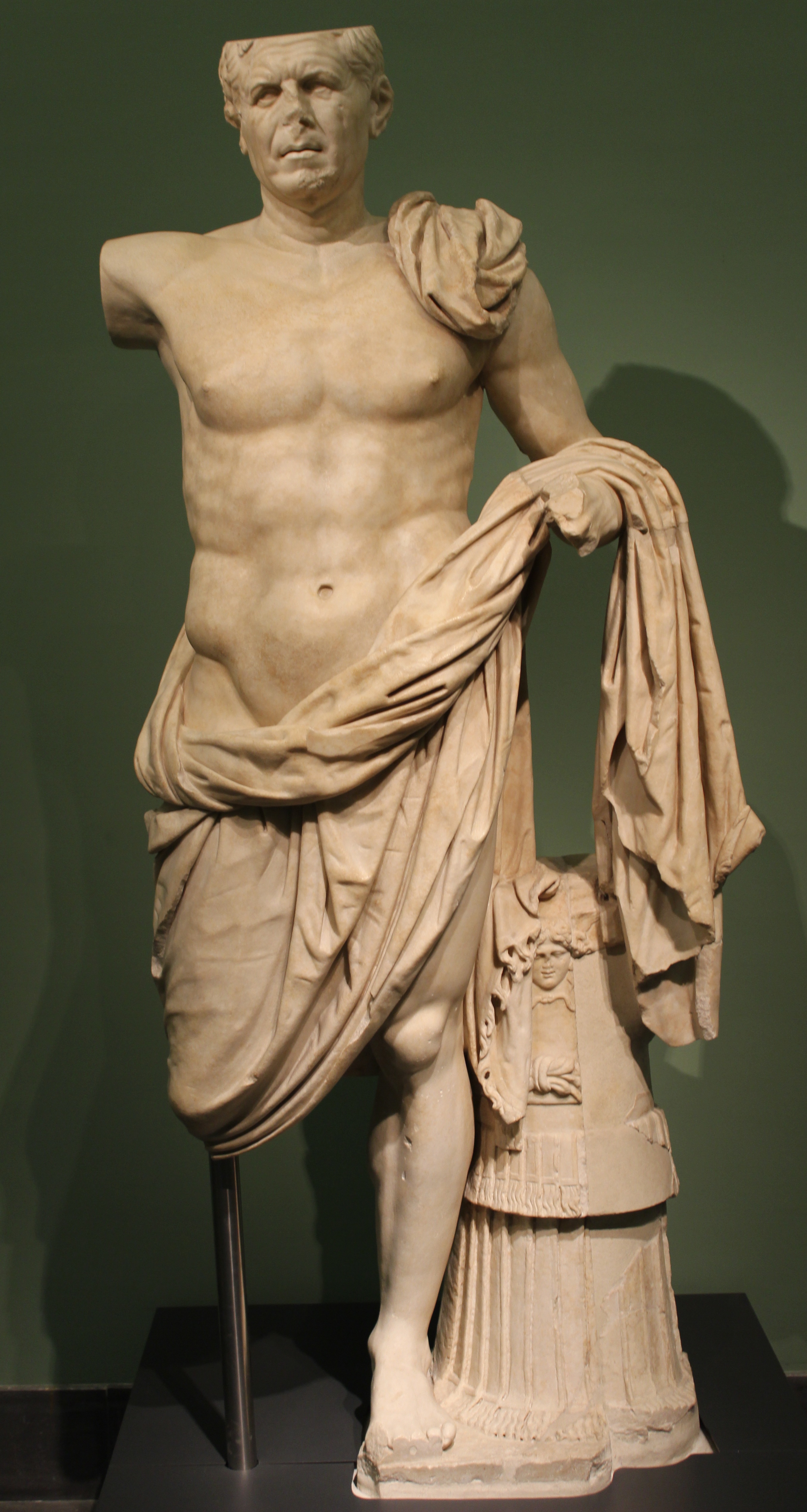
A General from Tivoli (80-60 BCE)
This sculpture illustrates how Verism was, on occasion, combined with idealism.
We call sculptures like this one 'Pseudo-athletes': the veristic head portrays the experience and skill of the general, whereas his body shows his physical strength and prowess.
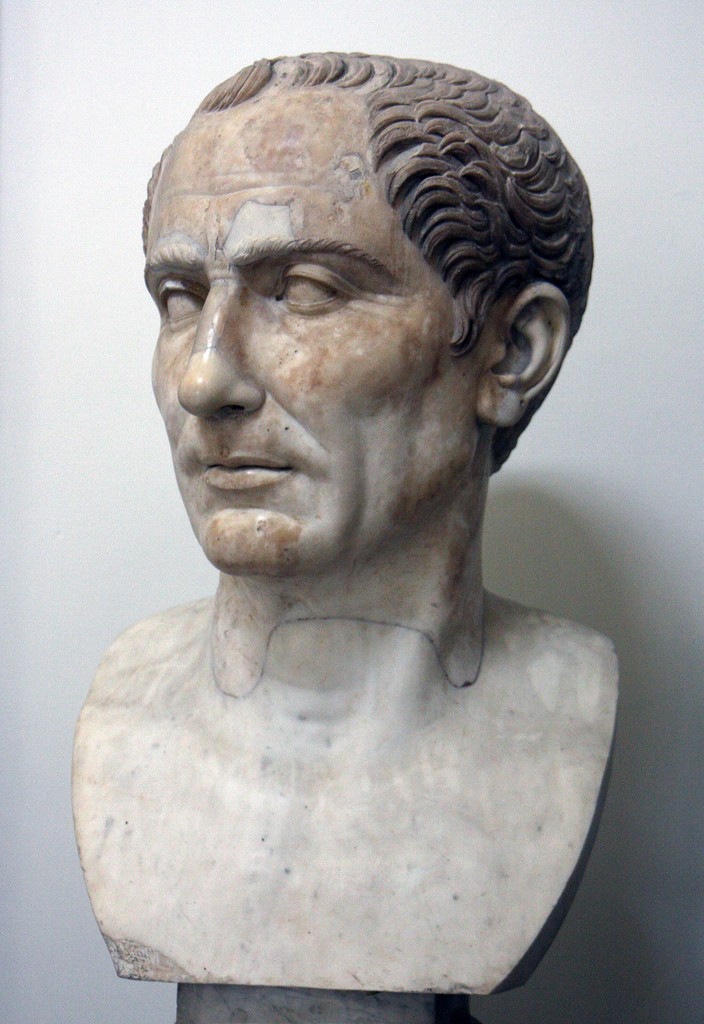
Julius Caesar (110 CE)
Some veristic elements seem to have been included in this sculpture of the most renowned Romans of all.
It showcases how popular the art-style was and how long it lasted (for about 2 centuries)